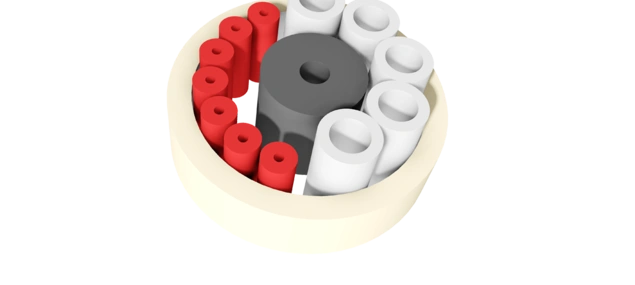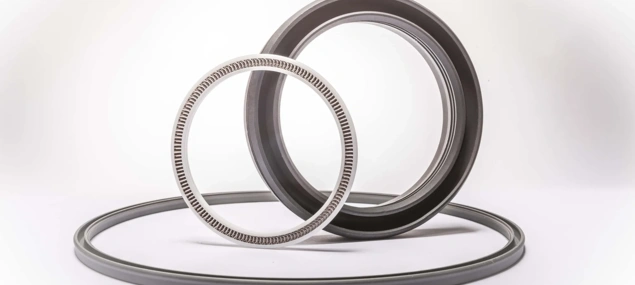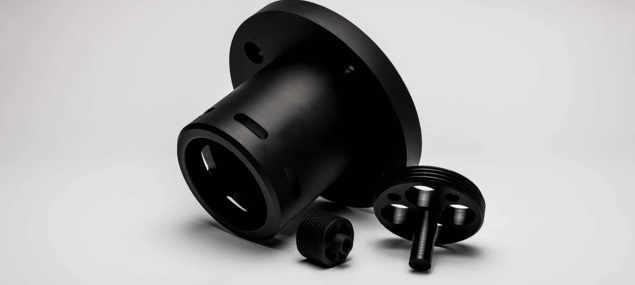Dynamic seals are sealing elements that move relative to each other. These seals are distinguished by their applica-tion in translational (back and forth) motion, in rotational (turning) motion or in a combination of both motion types.
They are used to prevent mass transfers between two components moving relative to each other (from one space to another) or to reduce this to a minimum. Typical examples for the application of dynamic seals are in hydraulic cylinders or the sealing of rotating shafts.
Limits to the application of dynamic seals depend on many different parameters and can therefore vary quite strongly.
Major roles, for instance, are attributed to:
- Speed of movement (stroke speed or rotational speed)
- Media to be sealed off (water, air, oil, etc.)
- Sealing performance level
- GLevel of pressure difference between two spaces to be sealed from each other
- Temperature difference
- Degree of pollution to be excluded
- Expenditures and assembly efforts
- Practical relationship:
– Quality of the contacting surface
– Suitable match between contacting surface and seal material
– Stability of the sealing material against the medium to be sealed off




